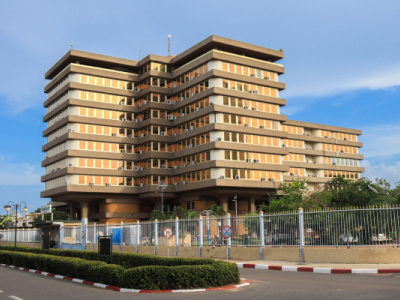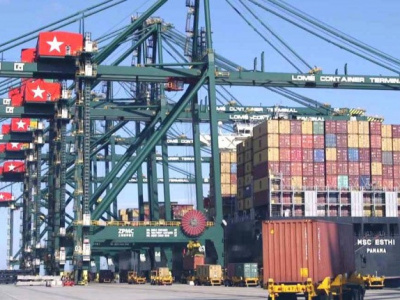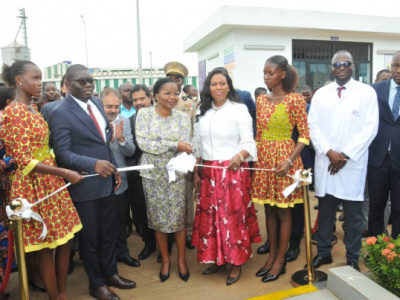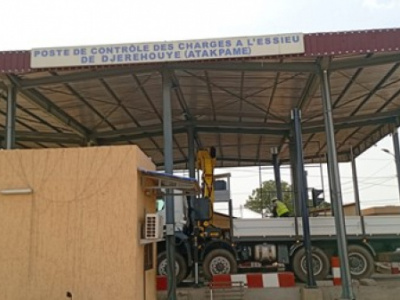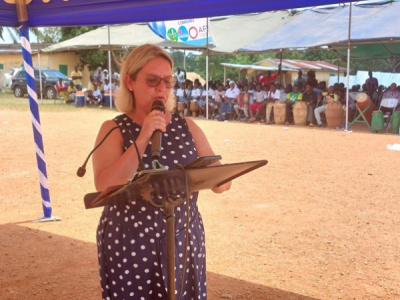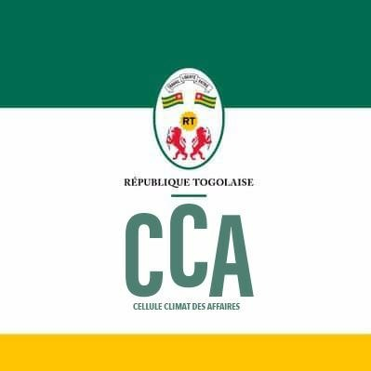Togo Holds First National Week of Protected Areas
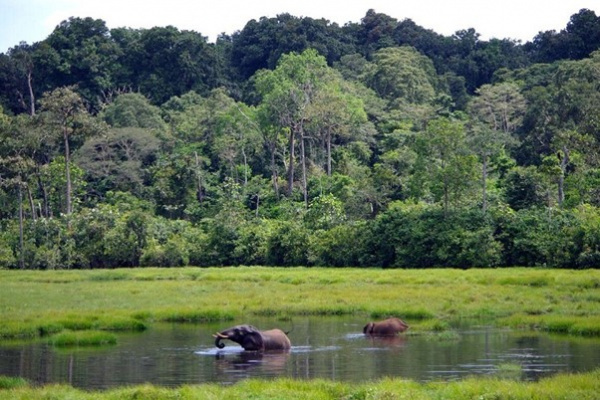
(Togo First) - Togo holds its first National Week of Protected Areas (SNAP). Started on November 26, the event ends on November 28. Held in Afito, in the Yoto Prefecture, 70 km northeast of Lomé, the capital, the SNAP aims to underscore the significance of protected areas and the vital role that local communities play in their sustainable management.
Themed “Local Communities at the Heart of the Sustainable Management of Protected Areas in Togo,” the event focuses on raising awareness among the Togolese populace regarding environmental issues, especially regarding how these natural spaces contribute to Togo’s socioeconomic development.
Participants are covering key topics related to protected areas, such as the current state of floristic and faunal diversity in these regions, their ecological, social, and economic importance, and the impact of community and communal forestry on conserving forest resources.
Togo currently boasts 83 protected areas, established between 1938 and 1958. These areas span 793,300 hectares or about 14% of the national territory. According to the Ministry of Environment, many of these areas currently face significant challenges, including increased human encroachment and pressure.
The ongoing event complements various recent actions taken by Togolese authorities to tackle these challenges. Such initiatives include the launch of the Gestion intégrée des Périphéries des Aires Protégées du Togo (GIPAP) project. Funded by the European Union with a budget of CFA19 billion, the GIPAP aims to preserve and enhance natural landscapes, particularly those within the Fazao-Malfakassa and Abdoulaye complexes.
The GIDAP, a five-year program, seeks to align conservation efforts with local community needs while promoting innovative approaches to sustainable development.
Esaïe Edoh

